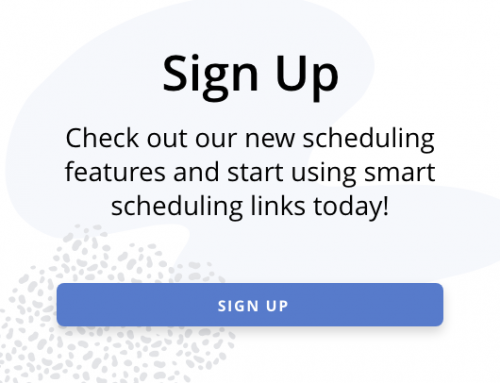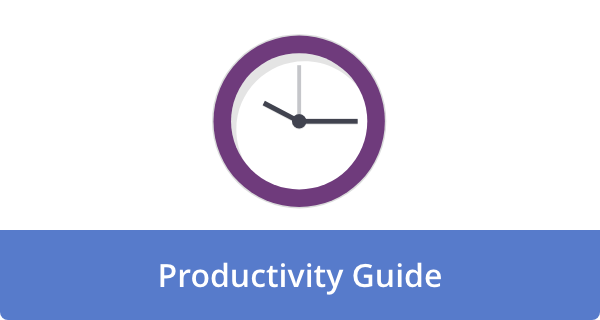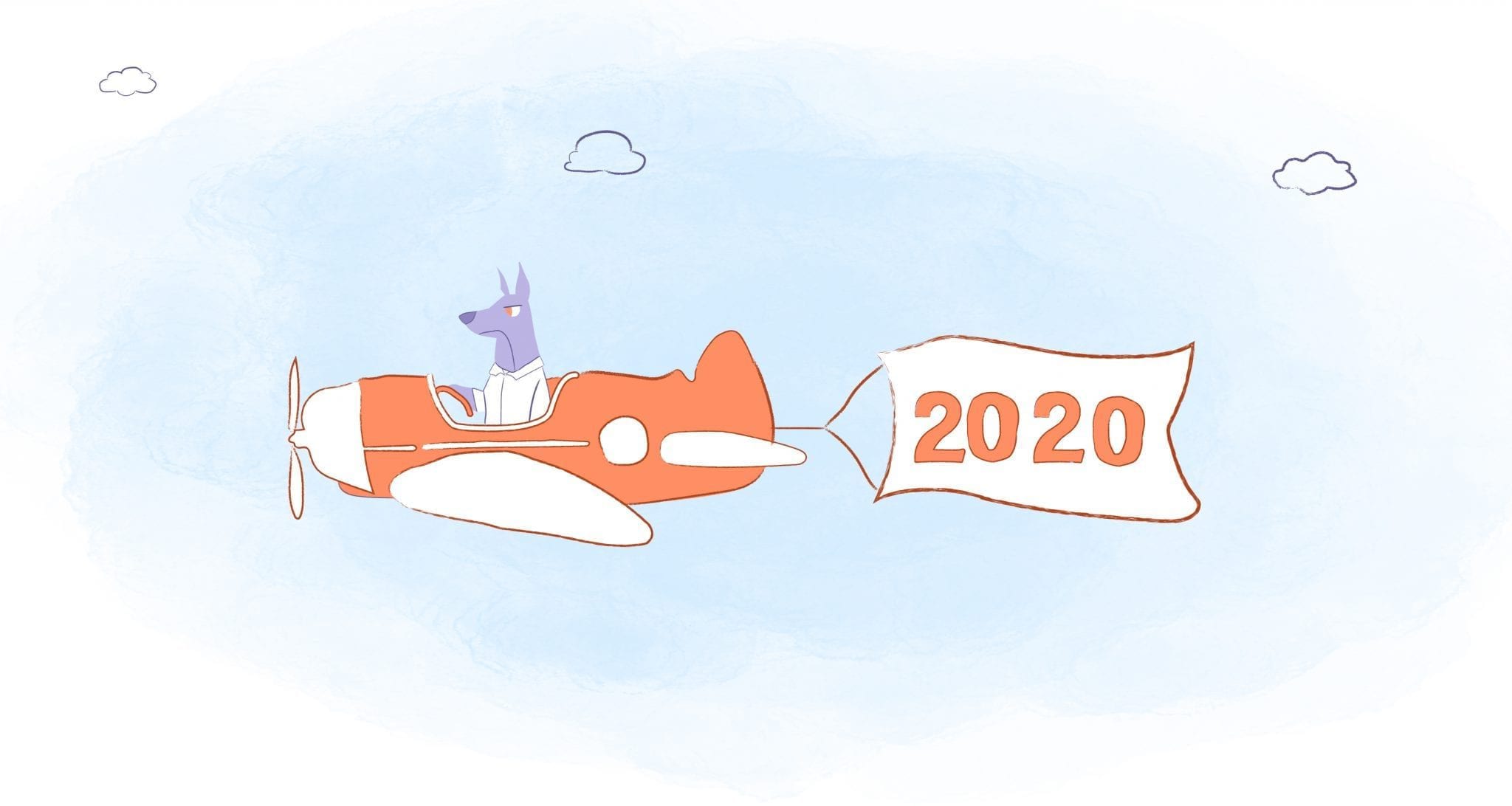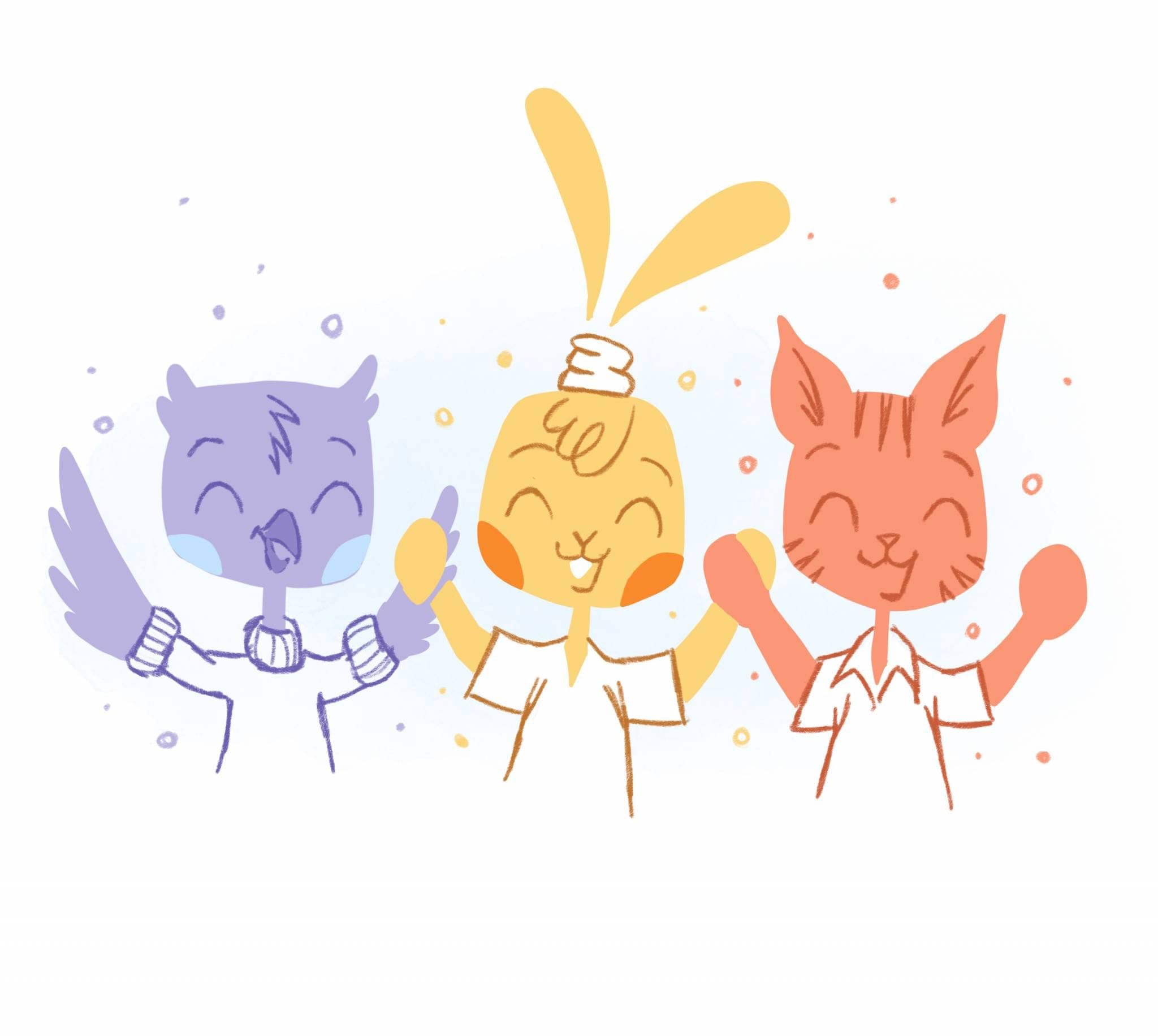

Good collaboration in the workplace can help you crush your goals and meet or exceed your deadlines. On the other hand, poor collaboration can lead to chronic underperformance and could cause morale in your organization to plummet. As a director, executive, manager, or someone with any other type of leadership role, it is in your best interest to encourage your team to collaborate effectively.
Contrary to popular belief, you don’t have to make drastic changes to get noticeable results in the workplace. Often, minor corrections can lead to big benefits down the road. Here are five winning collaboration strategies to help your teams work together more effectively for the company’s good.
1. Use Digital Solutions to Improve Communication
Trying to collaborate without effective communication is like rowing a boat across a lake without oars. Your team members must learn how to communicate quickly and efficiently with each other if they expect to succeed at any given task. Fortunately, digital communication and organization tools are constantly being invented and improved. As a leader in your organization, it’s wise to study these tools and determine which are the most effective.
For example, good scheduling software is crucial for keeping your team members on the same page at all times. Calendar, Microsoft Calendar, and Google Calendar are all excellent options. They offer a team scheduling feature, which makes it easier for individuals and departments to collaborate. You can instantly schedule new employee training, department meetings, and project deadlines using digital tools like these. As soon as the meeting is scheduled, all attendees will receive instant notice of the calendar change.
In addition to good scheduling software, video conferencing, instant messaging, and project management apps are excellent tools for improving collaboration. Some popular options include Zoom, Google Meet, Slack, and Asana. These software selections can help keep team members informed and on task with their portion of a particular project. They can also make it easier for remote or hybrid teams to feel connected to on-site teams.
2. Clearly Define Goals and Roles
Do your teams consistently miss important deadlines and seem to be shirking their responsibilities? It’s possible that some team members aren’t clear about what role they should be playing in the organization. They might be dropping the ball without realizing they’re not meeting expectations. If you’ve noticed a tendency toward finger-pointing and failure to accept accountability, you may have a case of role confusion in your company.
Define individual roles and responsibilities within the organization clearly to improve collaboration and performance. If you only outline team goals, it’s way too easy for individual members to assume someone else on the team is handling things. Defining individual roles improves clarity and efficiency by eliminating role confusion. It also boosts employee accountability and productivity.
Defining individual roles for team-driven projects is best done at the beginning of the undertaking. Involve team members in the process of developing and distributing assignments. That way, they can have a say in what responsibilities they feel best suited for based on their professional experience and skill set. Use clear language to avoid any confusion when assigning roles and responsibilities. For example, instead of telling someone to “manage project deliverables,” consider asking them to “ensure all product launch tasks are completed by the deadline.”
3. Plan Regular Team-Building Activities
Remember when you attended grade school and had to do teamwork in some of your classes. Did you get stuck with people who didn’t get along or work well together? Perhaps some of your team members did their own thing and refused to work with the other teammates. If so, your group may have become confused and ineffective at completing the specified project. You may have received a poor project grade because of your ineffective collaboration efforts.
The same scenario can happen in a professional setting when team members don’t feel a sense of camaraderie or belonging. They may struggle to participate in group efforts and could drag the entire team down. Good collaboration is an essential characteristic shared by the most successful teams. It leads to improved performance and better project results. It also promotes unity, trust, innovation, and better morale in the workplace.
People tend to collaborate more easily with people they know and like. Therefore, it’s in your best interest as a manager to help your group members get to know and trust each other. Scheduling regular team-building activities can be a great way to accomplish this goal. Choose fun activities, have a clear goal, and require team collaboration to complete. Team building kits, scavenger hunts, office trivia, and escape rooms are all fun and engaging activities to build coworker bonds.
4. Schedule Regular Check-Ins and Project Update Meetings
As a leader and manager, it can be tempting to leave your teams to their own devices and trust they’ll get the job done. You already have so much on your plate without worrying about what everyone else is doing. Unfortunately, failing to hold departments and individual employees accountable could backfire in a big way. It could inadvertently give employees the impression that you don’t care about the project in question. Even worse, it might make them feel like their efforts aren’t noticed or appreciated.
When employees and departments know they need to give regular project updates, they’re more likely to stay on task and schedule. Accountability is an essential feature of good collaboration and can support good outcomes. Scheduling regular check-ins and project update meetings with different departments can help them stay responsible and accountable.
When scheduling project update meetings, it’s vital to ensure you don’t over-clutter your Calendar or your employees’ calendars. Spending too much time in meetings can decrease efficiency and lead to employee disconnect and boredom. Make sure you’re not scheduling project update meetings more frequently than needed. You should also have a clear agenda and keep each meeting as short as possible. Sometimes, you may even need to cancel less important meetings on your calendar to make time for important project updates.
5. Celebrate Collaboration Wins
If you want to encourage and support good collaboration, ensure your team members feel it is worth their efforts. They may give up if they successfully learn how to collaborate well but don’t have anything to show for their energy. On the other hand, if they know you’re celebrating their collaboration wins, they’re more likely to continue putting in the work.
There are many ways to celebrate good team collaboration. Without exception, you should verbally thank them for their contributions to a successful project outcome. However, verbal gratitude alone may not be enough incentive to keep employees motivated to work well together. You may need to go a little further to activate the reward centers of their brain. Monetary rewards and public recognition can help them associate good collaboration with feelings of satisfaction, joy, and pride.
Some companies schedule regular award functions where they publicly recognize and reward top-performing employees and teams. Others offer paid vacations to all employees after meeting annual goals or implementing a successful product launch. If you have a small budget, consider celebrating good collaboration with a catered lunch or a nice company-paid dinner. Your employees will find it easier to work well together when they’re regularly rewarded for their collaboration successes.
Conclusion
Your business can’t reach its full potential if your employees or departments don’t work well together. Fortunately, creating a more cohesive and cooperative work dynamic isn’t rocket science. These five collaboration strategies may be small and simple, but they can significantly impact your business’s success. Implement one or more of them today to start reaping the benefits of good teamwork and improved company-wide morale.
Featured Image Credit: Photo by fauxels; Pexels











Angela Ruth
My name is Angela Ruth. I aim to help you learn how Calendar can help you manage your time, boost your productivity, and spend your days working on things that matter, both personally and professionally. Here's to improving all your calendars and becoming the person you are destined to become!